It’s hard to imagine today’s vast, living game worlds, those digital playgrounds overflowing with freedom, mischief, and unexpected surprises, without tipping our hats to Grand Theft Auto. The very words “open world” evoke images of neon-drenched Vice City getaways and rain-soaked nights in Liberty City, the player weaving their own legends one screwball mission at a time. We’ve chased down rivals, fumbled wild stunts, and found ourselves laughing at the radio between heists. Grand Theft Auto isn’t just an icon; it’s a touchstone that changed everything that followed. This profound GTA influence is undeniable.
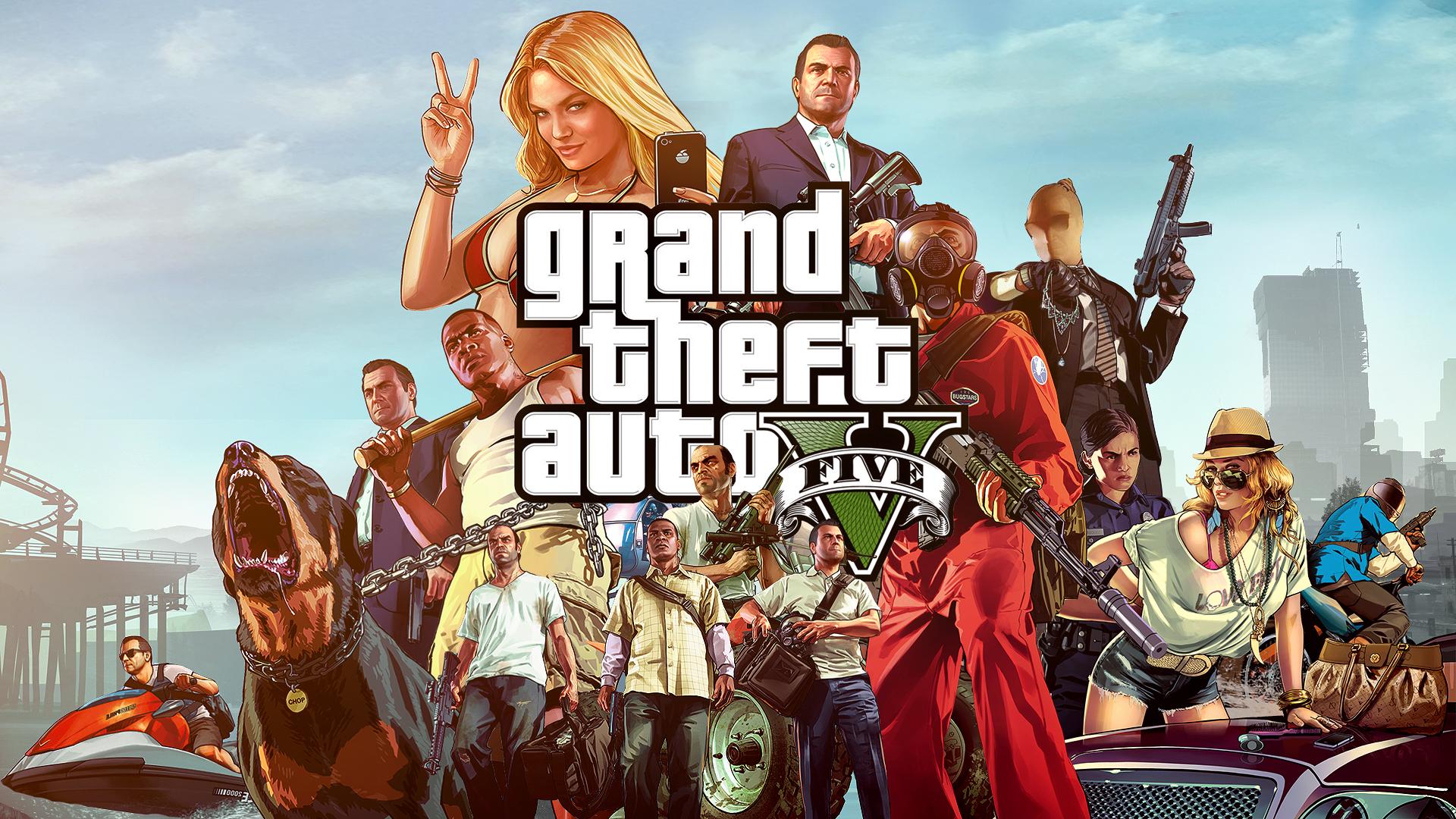
- Plan and pull off epic heists.
GTA Influence on Open-World Gaming
Sitting at the heart of the conversation about open-world gaming, GTA’s influence is impossible to ignore. Game design, tech advancement, fresh narrative techniques; GTA set a new standard for the sandbox genre and helped shape what we expect from open-world experiences. Let’s jump into this legacy, step by step, and see why we’re all still obsessed with GTA’s magic formula.
1. Introduction: GTA’s Monumental Role in Shaping Open-World Games
The launch of each Grand Theft Auto game felt like a moment in time, a reset for what games could dare to be. Not only did Rockstar Games give us grand cityscapes to roam, but they also let us choose our own trouble, paint our own stories, and discover hidden pockets of absurdity along the way. Early GTA games promised a taste of lawlessness, but it was the leap into 3D and beyond that shaped a new era of open-world gaming.
As we look back, the legend of GTA is more than just wild freedom; it’s a story of how games began to reflect (and poke fun at) the real world around us while never losing that spark of unpredictable fun. This unique blend truly showcases the significant GTA influence.
2. The Origins: How GTA Established the Modern Open-World Formula
Rewind to the late ’90s, and open-world games felt more like sprawling mazes than genuine sandboxes. Before GTA III, most titles followed tight, linear paths, locking players into corridors rather than letting them roam. The release of GTA III in 2001 flipped the script: suddenly, we could explore a 3D metropolis stuffed with branching missions, wild NPCs, and secrets lurking around every corner.
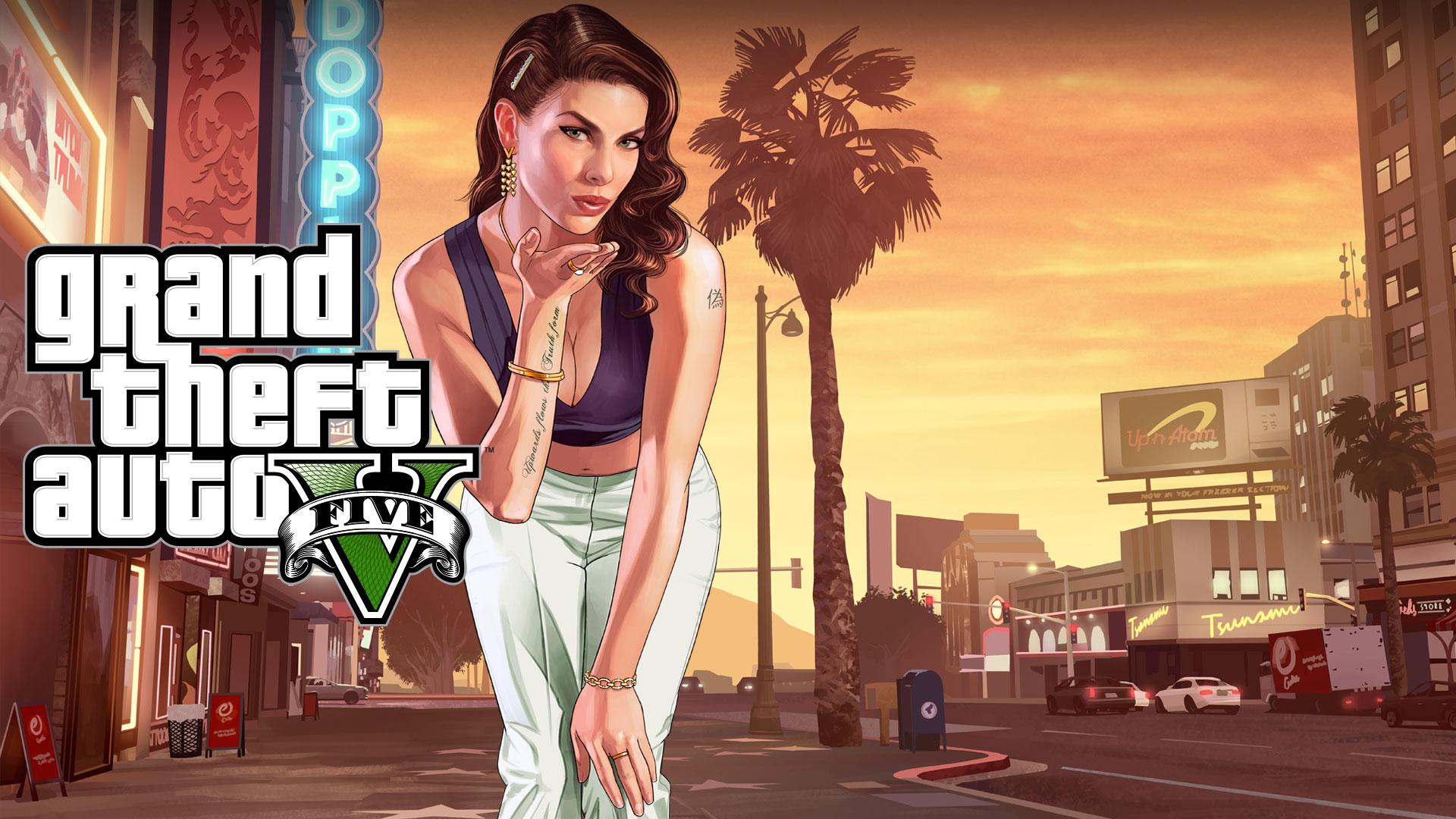
- Buy houses, cars, and businesses.
Talking about GTA influence on open world games, we remember first stepping into Liberty City, a living environment where the world didn’t wait for us. Day turned to night, radios blasted satirical talk shows, and every street felt unique. This was game design with no “right way” to play, and it was immediately addictive.
3. Pioneering Gameplay Systems and Mechanics
It’s the feeling of being able to do anything that defines GTA. Instead of funneling players through linear objectives, GTA introduced sprawling playgrounds loaded with possibilities. Since then, every game has expanded on that “do what you want, when you want” mentality.
We recall missions that could be approached in any order, or skipped entirely. Side objectives emerged in every alley, from taxi jobs to fire truck runs. Want a moment’s chaos? Steal a car, outrun the cops, then take a breather at a burger joint. This balance, mixing well-crafted stories with player-driven mischief, is now a blueprint for the entire open-world genre. This pioneering design highlights the lasting GTA influence.
4. Narrative Depth and Satire in Open Worlds
Everyone loves a perky anti-hero, but GTA’s cast stands out because of Rockstar’s brilliant spin on storytelling. Instead of just letting us wreak havoc, these games introduced unforgettable characters (with voices!) who felt bold, broken, hilarious, or just plain weird.
More than that, GTA’s worlds drip with satire. Every in-game billboard, radio talk show, or news update skewers real-world culture, politics, or celebrity. When we follow Tommy Vercetti, CJ, or Trevor, we’re not only living out high-octane stories, but also exploring razor-sharp commentary wrapped in comedy and drama.
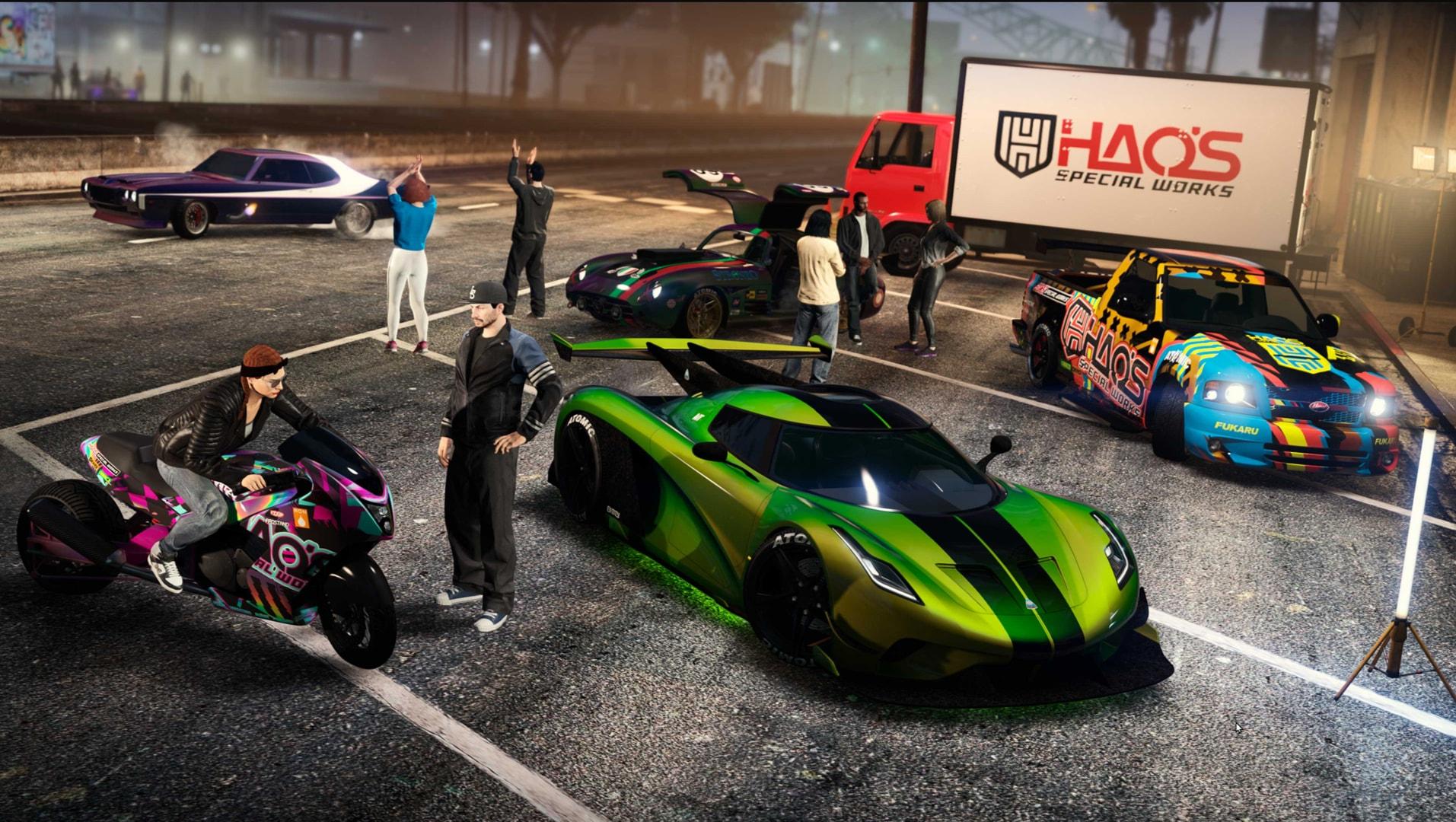
- Fly jets and parachute out for fun.
This daring blend didn’t just entertain; it pushed other studios to take creative risks, too, forever changing what it meant to tell stories in games.
5. Technological Innovation and World-Building
When it comes to tech, Rockstar’s ambition has always pushed boundaries. Each release delivered innovations: bigger, more detailed environments, living city AI, seamless transitions, and even fully voiced supporting casts. Remember the leap from GTA: Vice City’s pastel nostalgia to San Andreas’ giant countryside and stat-tracking systems? Or the photorealistic neighborhoods and updated physics of GTA IV?
Cinematic cutscenes, weather, destructible cars; every detail serves to pull us in and keep us there for hours (sometimes more than we care to admit!). The bar kept being raised, not just for GTA fans, but for the whole industry, demonstrating the considerable GTA influence.
6. GTA’s Direct Impact: Inspiring a Generation of Open-World Games
We’ve watched game shelves fill with spiritual successors and competitors, all tracing some of their DNA to GTA. It’s impossible not to spot the fingerprints: Saints Row ran with GTA’s parodic style, Watch Dogs delivered hacking in sandbox form, Sleeping Dogs added martial arts to the mix, and Assassin’s Creed adopted GTA’s balance of side quests and main missions.
The early 2000s were sometimes flooded with “GTA-clones”; some charming, others quickly forgotten. But with each iteration, developers built their worlds a little richer, a little more interactive, thanks to what Rockstar first unlocked.
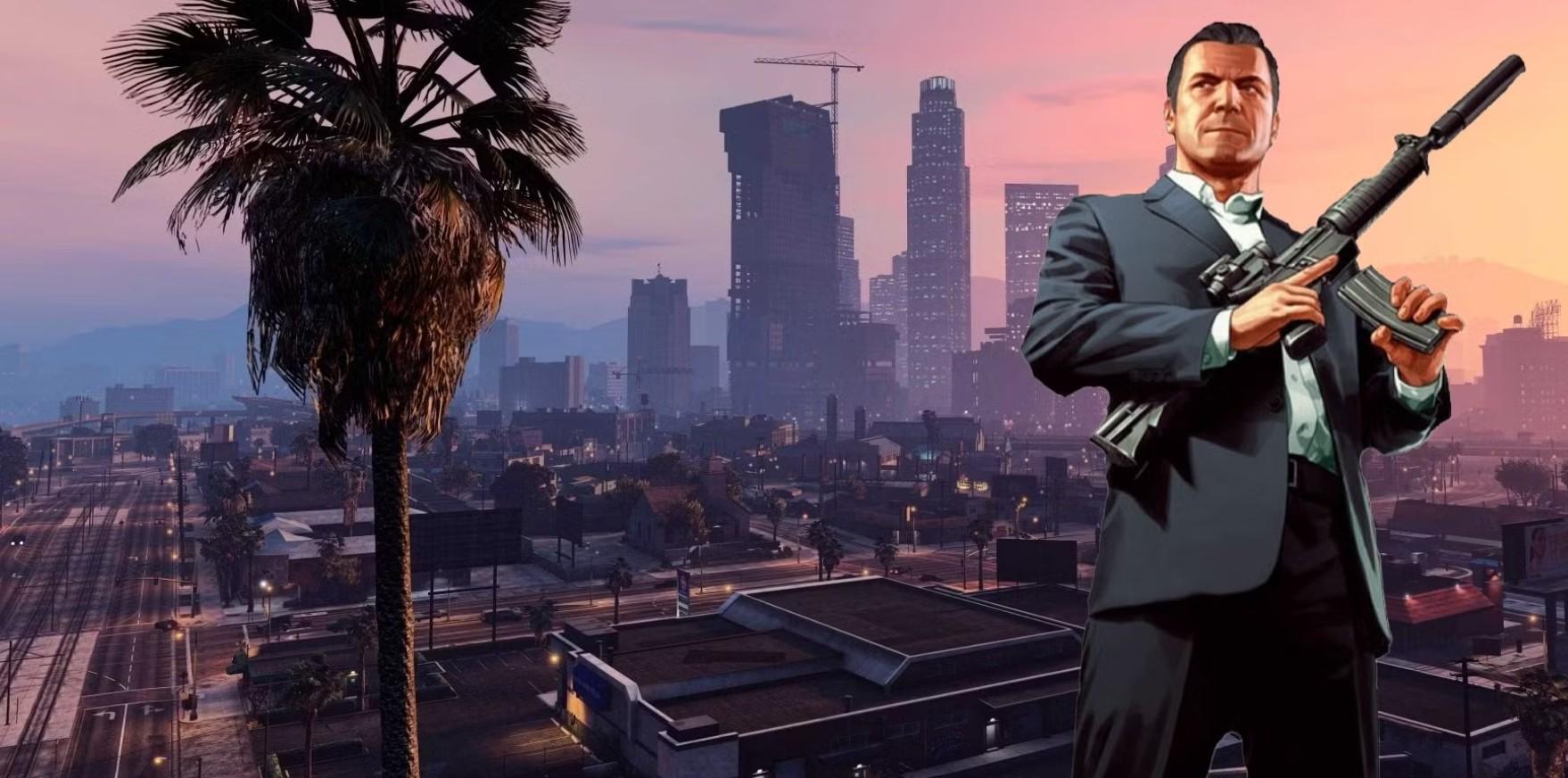
- Cops will chase you for almost anything.
7. Popularizing the Sandbox Genre for Mainstream Audiences
Before GTA became a household name, open-world games were more niche than the norm. Suddenly, with each new release, everyone was talking about that wild mission, that outrageous radio ad, or which city they just finished conquering. Millions of copies sold with each new game, and everyone from casual gamers to critics wanted a piece of the action.
From our own memories (and maybe a few late-night sessions), we saw a whole generation come to expect true freedom in their games. Player choice and open-ended gameplay became not a luxury, but a requirement.
8. Online Worlds: From GTA Online to Persistent Multiplayer Sandboxes
Single-player chaos was only the beginning. When GTA Online launched, Rockstar handed us a digital playground shared with millions. Heists with friends, wild races across the map, fashion shows, custom apartments, and endless mayhem; all became daily possibilities, further solidifying the GTA influence.
This “live service” model didn’t just keep us hooked; it inspired other studios to build persistent multiplayer worlds (Red Dead Online, Fortnite, and more). Communities flourished. Monetization strategies shifted. Suddenly, the end of the main story didn’t mean the end of the fun.
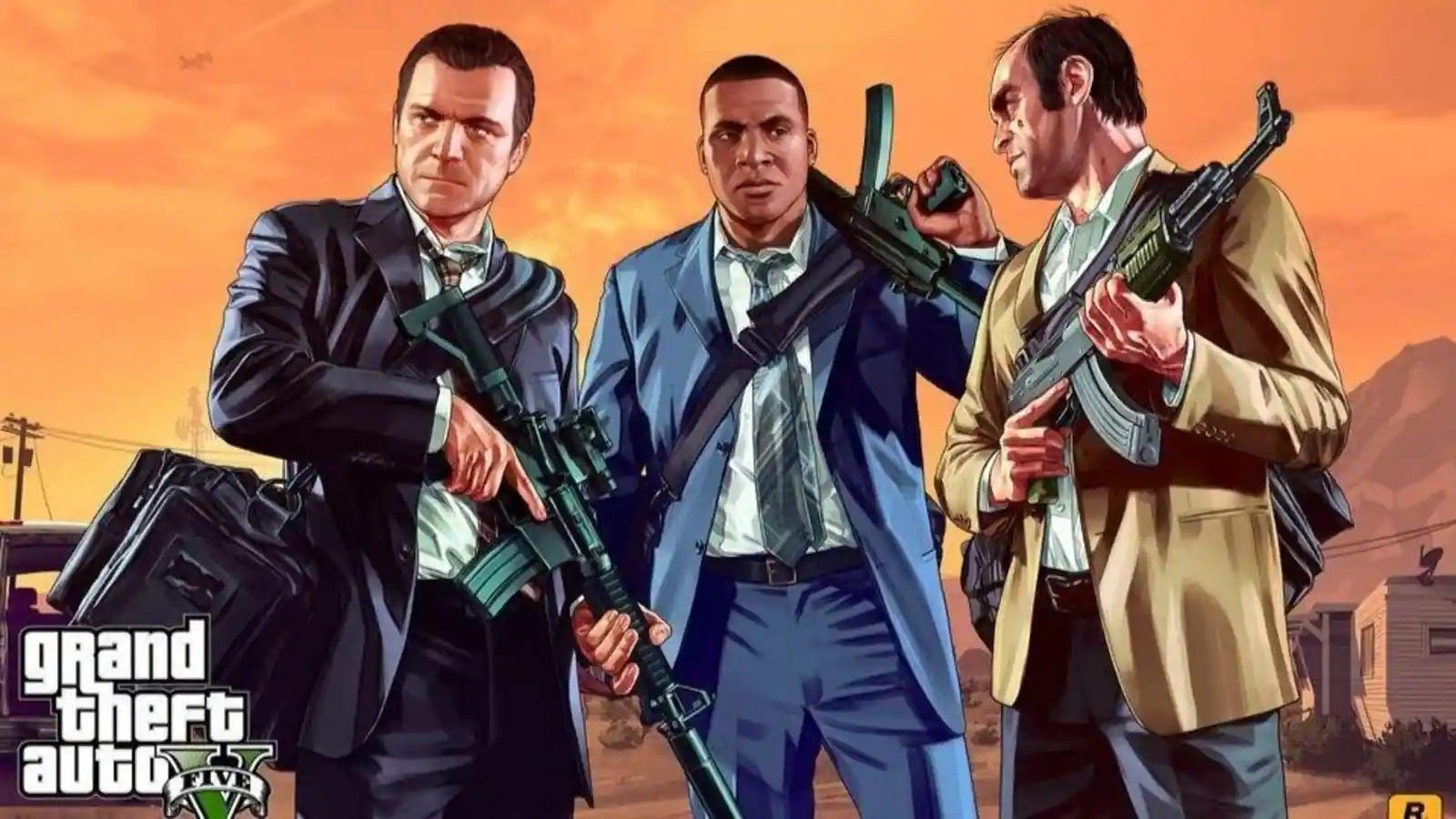
- You can steal any car you see.
9. Controversy, Parody, and Cultural Reflection
Every time GTA pushed boundaries, headlines followed. Critics and fans debated: too violent? Too free? But Rockstar’s willingness to tackle mature themes or lampoon real-world absurdities gave the industry permission to mature too. The freedom to comment and critique, to make players think, and even to provoke, has shaped not just games, but games as a part of culture.
Every heated debate, every midnight talk show punchline has only proven that GTA is more than a game; it’s a mirror for our weird, wonderful world.
10. The Enduring Legacy: GTA’s Lasting Mark on Open-World Game Design
If we look at any game map today, brimming with hidden stories, quirky NPCs, and a sense that anything might happen next, we see GTA’s fingerprints. Rockstar showed us how flexible worlds, storytelling, technical polish, and boundless player agency could create the most unforgettable playgrounds.
Anticipation for new titles (hello, GTA 6 speculation!) remains sky-high because we all know Rockstar’s next move could once again reshape the landscape. Even when we’re immersed in another franchise, we find ourselves comparing it to that GTA feeling; that unique blend of freedom, chaos, and world-building, a testament to the enduring GTA influence.
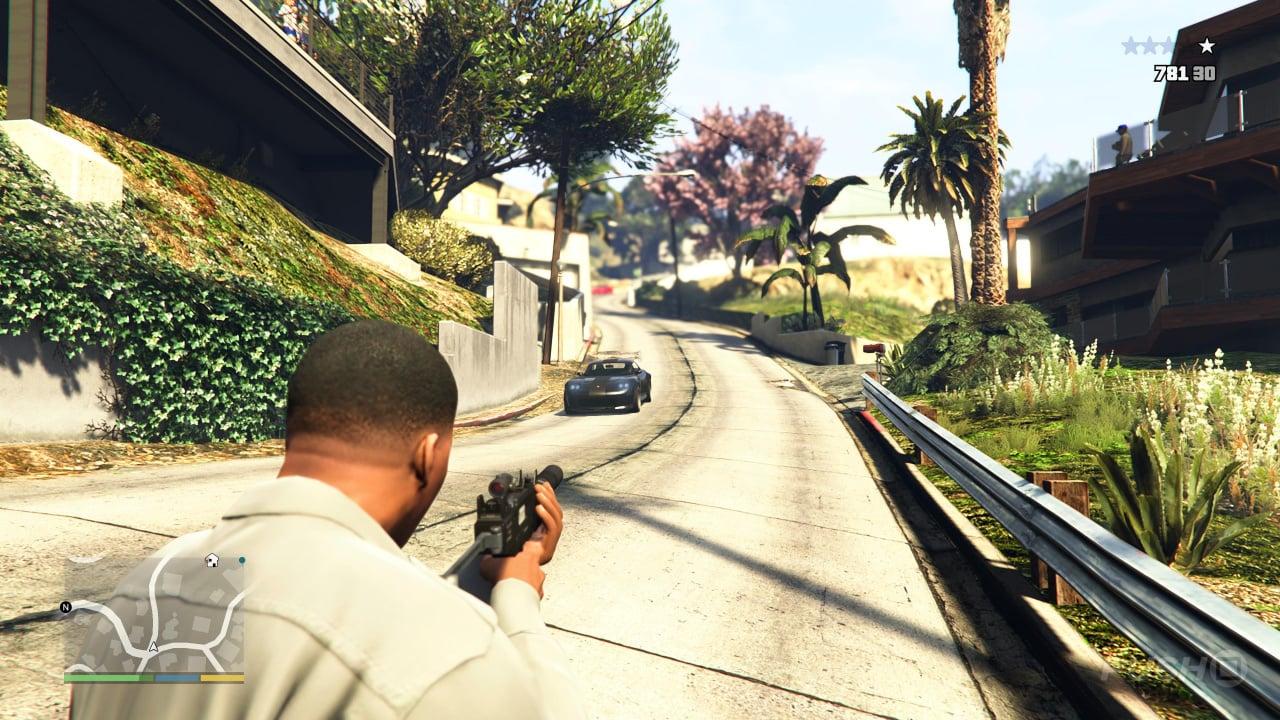
- Custom cars, jets, bikes, and… UFOs.
Closing Up: How GTA Continues to Define Open-World Gaming
Looking back, GTA didn’t just create games; it rewrote the rules. Those of us who have watched the genre grow remember every innovation, every late-night mission, and the way each city felt like a world all its own. Whether you came for the action or the absurdity, Rockstar’s wild ambition meant we could truly live in these digital cities. We’d love to hear from you: Which GTA moment changed your view on open-world games? And which game outside the series do you think channels GTA’s spirit best? Drop your memories and opinions below; let’s celebrate the city streets, the freedom, and the mayhem that GTA gifted every gamer, all thanks to the significant GTA influence. That’s the ongoing story of GTA’s influence on open-world gaming, and if history tells us anything, Rockstar’s biggest impact might still be waiting around the next block.
Read about top game design articles brought to you out of the heart of video games on Gamerative.
FAQ: GTA’s Influence on Open-World Gaming
Q1: How did GTA’s use of in-game radio stations affect other video games?
Many developers saw GTA’s dynamic radio stations as a way to create richer, more immersive worlds. Since then, custom soundtracks and branded in-game radio became staples in other genres, making music selection feel like part of the adventure itself.
Q2: What specific design element from GTA do modern open-world games most frequently adopt?
The open-ended mission structure, allowing players to tackle objectives in any order or simply explore at will, is now a common feature in nearly every leading open-world title.
Q3: Were there any open-world games that inspired GTA in its early days?
Rockstar drew inspiration from earlier titles like Driver and Elite, but elevated the genre with a fully realized 3D city and narrative freedom, setting itself apart from its predecessors.
Q4: How has GTA’s influence shaped indie games within the sandbox genre?
Indie developers often cite GTA as inspiration for giving players unexpected freedom, resulting in games that focus on emergent storytelling, wild physics, and personal agency, even on a smaller scale.




